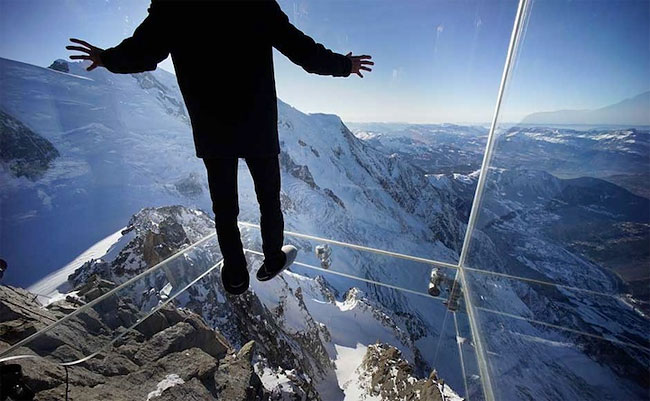Imagine a room with glass walls. You are standing on the outside looking in through one of the walls. What do you see? You see whatever is inside the room, of course. However, you only see it from your current perspective, and this is not the only possible one.
Move around and look through another wall and you will gain another view of what is in the room. The back of a head from one perspective becomes the face of a person from another. The left of the room becomes the right, and vice versa, depending on where you are positioned.
All of which is quite a straightforward concept to grasp. It appears that we are able to both understand and hold physical ‘perspectives’ quite easily.
However when it comes to listening to and accepting the points of view of others, or recognising different aspects of a problem or situation, absorbing different perspectives can become more difficult. You can experience this very quickly by simply watching Insight or Q&A on Australian public television or Question Time on the BBC and checking your ‘above-‘ or ‘below-the-line’ reaction to all the various viewpoints that are expressed.
What gets in the way of us holding multiple perspectives in these circumstances? What prevents us from seeing ‘both…and’ rather than ‘either…or’? What keeps us holding a view that, to us, is ‘most correct’, is ‘factual’, is ‘justifiable’, is easiest, is less harmful, is better for others, is unique or is the best one right now?
As we start to explore our ‘default’ perspectives it becomes clear that we often hold to them in order to stay ‘safe’, to remain ‘in control’ or to gain another’s attention. We have learnt them over time and they are hard to escape from –they have provided us with some level of certainty in a less than predictable world.
However, if we are honest with ourselves we will also recognize that our default perspectives can hold us back from really appreciating what is possible in a situation.
It is in this recognition that there lies an opportunity to improve our emotional health. By building an understanding of our own ‘lens’ on the world – and the way it can constrain us from holding multiple perspectives – the world of ‘both…and’ becomes much more accessible. With this we start to see very different opportunities, pathways and solutions all around us.

